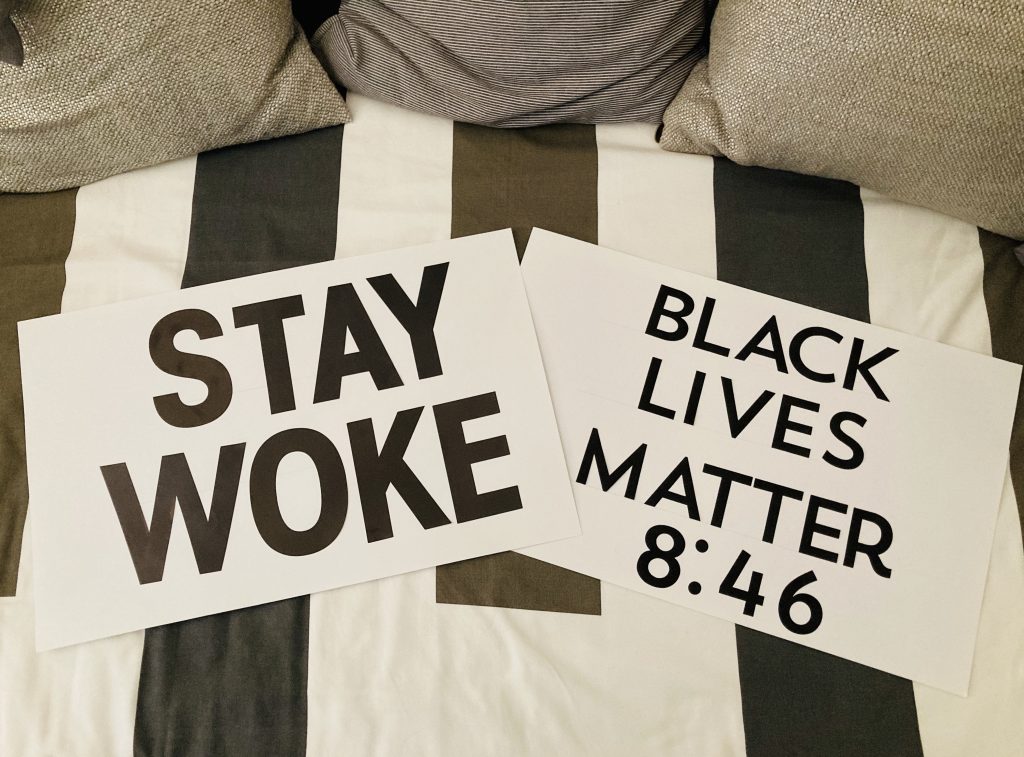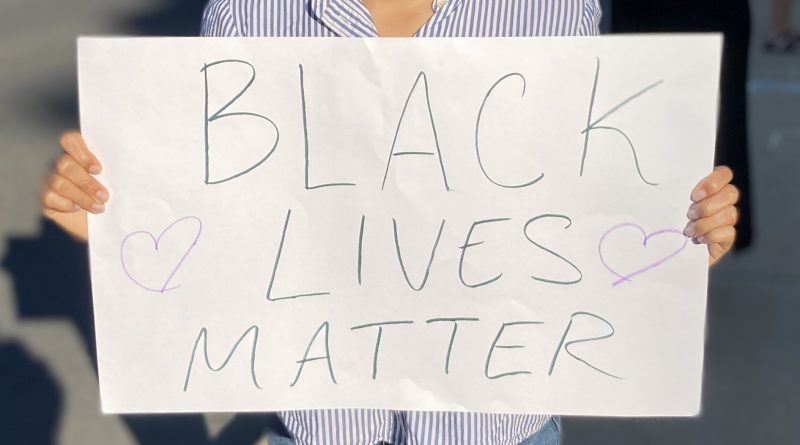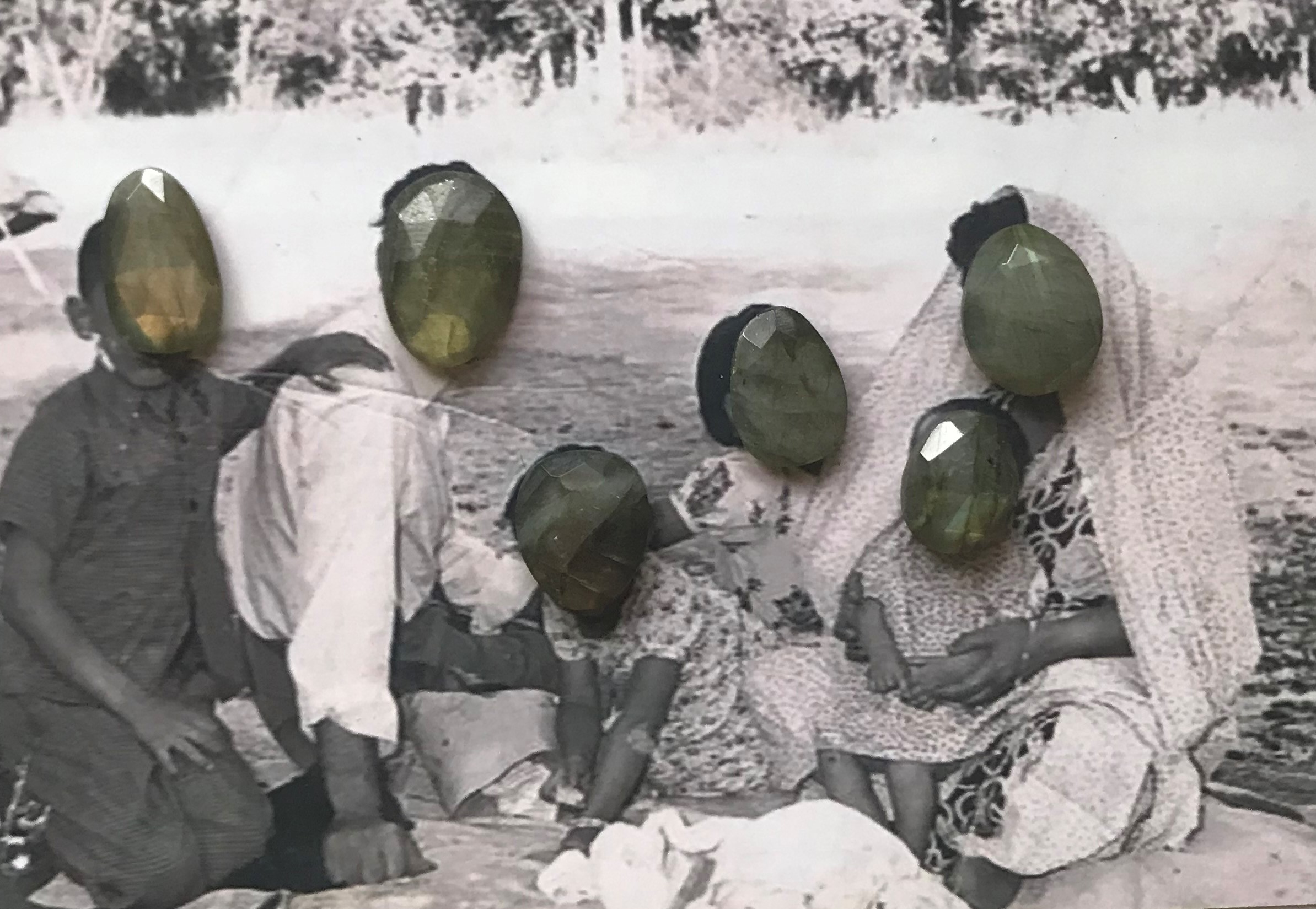BLM Protest
“Protest photos are a visual time capsule. BLM protest photos are situated in social contexts. While these photos are captured in real time, they are placed in a historically situated archive of knowledge and social change. These photos not only enhance the visibility, but also act as symbols. Protest photos become shared in various outlets and sources, and convey the multitude of stories. These stories “convey the intensity of the struggle, but also the massive resistance to change” (Speltz 2016). Through these stories, symbols emerge which “serve as ‘frames’ that “construct narratives about politics, society, and identity (Spratt, 2008).
Brehman, Caroline. “An Analysis of the Iconic Images from the Black Lives Matter Movement.” 2016. Elon University.
Using the mechanisms of stories and symbols, agency becomes reinforced where protest photos allow mobilizers or change agents to reform the narrative and communicate their experiences of solidarity and resistance. These photos “generate a new narrative surrounding race and police brutality” where the tactics of re-use and repetition reshape collective memories” (Brehman 79, 2016). Thus, protest photos have the propensity to influence the shift of attitudes, ideologies and policies. If you are protesting, remember to socially distance and wear a mask.”
— MPH student
Speltz, Mark. “How Photographs Define the Civil Rights and Black Lives Matter Movements.” 2016. Time Magazine.

“Peaceful protests have been occurring around the world. BLM continues to be amplified through advocacy and reform. This movement emphasizes systematic disenfranchisement and racist hegemonic norms that plague Black communities. BLM is linked to public health. Racism has been referred to as a pandemic for the past 400 years through systematic and political structures. States across the US have declared/ are lobbying for racism to be identified as a public health issue.
It is important for us, as public health professionals, to continue the conversation about how racism is situated in public health frameworks and which policies/reform can policy propel public health agendas. Public health is inherently political: public policy and public health co-exist in order to produce synergistic outcomes. The time to act is now: to advocate for change using social justice frameworks in public health.”
— MPH student
About the Creator:
The creator is a second year MPH student in the School of Public Health. She is from the DC Area.




